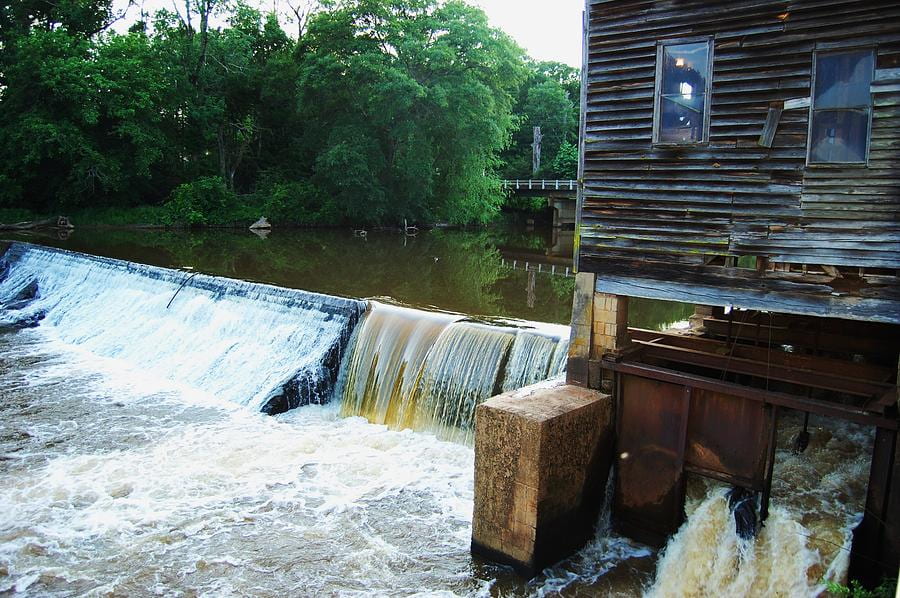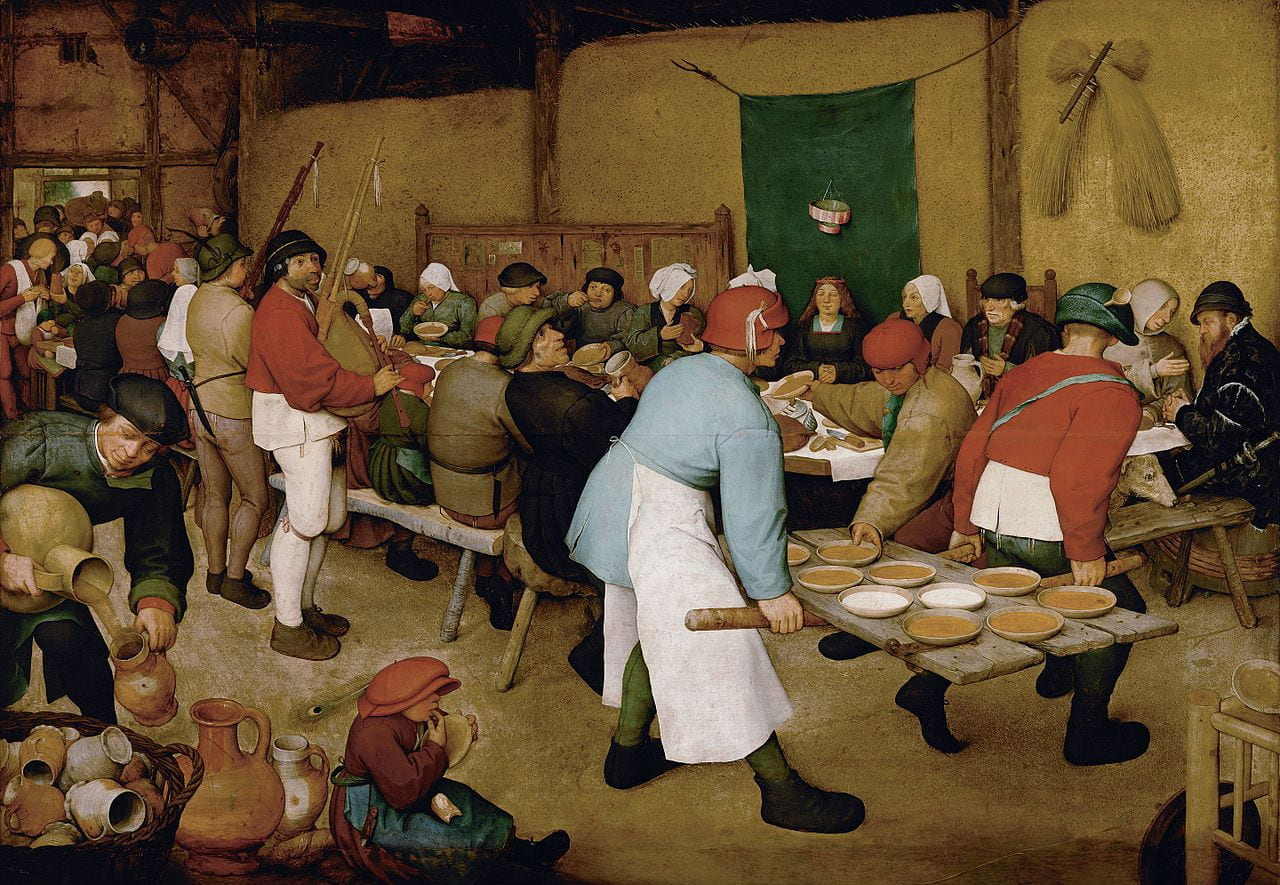


Chapter Seven: Primary Hyperparathyroidism
In my very long and complicated article I detailed primary hyperparathyroidism (PHPT) like a good scientist should. With all my heart I tried to make it plain enough for people in general to get a sense of how things work, but looking back on it, I doubt many will....
OUR DIET PROMOTES STONES AND BONE DISEASE
I have summarized the scientific evidence that low intakes of diet calcium and potassium and high intakes of refined sugar and sodium and protein raise risk of stones and loss of bone mineral. I have pointed out that the recommended US diet specifically seeks to...
IDIOPATHIC HYPERCALCIURIA (IH)
Idiopathic hypercalciuria may well be the most complex and important issue in all of medical management of calcium kidney stones. It arises within the elaborate systems that regulate calcium metabolism and produces both a risk of stone formation and of bone disease with fractures. IH is strongly familial, almost certainly genetic in origin, and present in children as well as adults. Treatments used include high calcium – moderate protein – reduced sodium diet, moderation of dietary sugar loads, and potassium citrate, and thiazide type diuretics, each of which act through different and reasonably well characterized pathways which cannot be understood without a knowledge of how IH works in the first place. Unlike stones themselves, supersaturation, or citrate, each a very large and important topic, IH cannot be presented well – at least by me – in separated linked articles but only in one article that carries its many intersecting physiologies along side by side and uninterrupted. Being a long and comprehensive article, foundational for this site and – to me at least – for comprehension of the whole topic of pathogenesis and treatment of nephrolithiasis, this article is not necessarily meant to be read all at once but rather used as a resource. I will cover the treatments of IH later on, in separate articles.

HYPERCALCIURIA
This is a foundational article for the site. High rates of urine calcium excretion (hypercalciuria) will raise calcium concentration at any given urine flow rate, and therefore raise supersaturation with the calcium stone forming salts. Genetic (‘idiopathic’) hypercalciuria, simply the upper end of the normal range, is greatly over-represented among stone formers, and idiopathic hypercalciuria (IH) is a main focus of treatment for stone prevention. As well, people with IH, stone formers or not, are at risk for bone disease. This article introduces hypercalciuria: IH itself and a few of the less uncommon named diseases that cause hypercalciuria like primary hyperparathyroidism, renal tubular acidosis, and sarcoidosis. It mentions confusing disorders such as normocalcemic primary hyperparathyroidism, secondary hyperparathyroidism, and familial hypocalciuric hypercalcemia. It also offers evidence linking specific levels of urine calcium excretion to risk of stones, a very important matter in deciding what needs to be treated.
